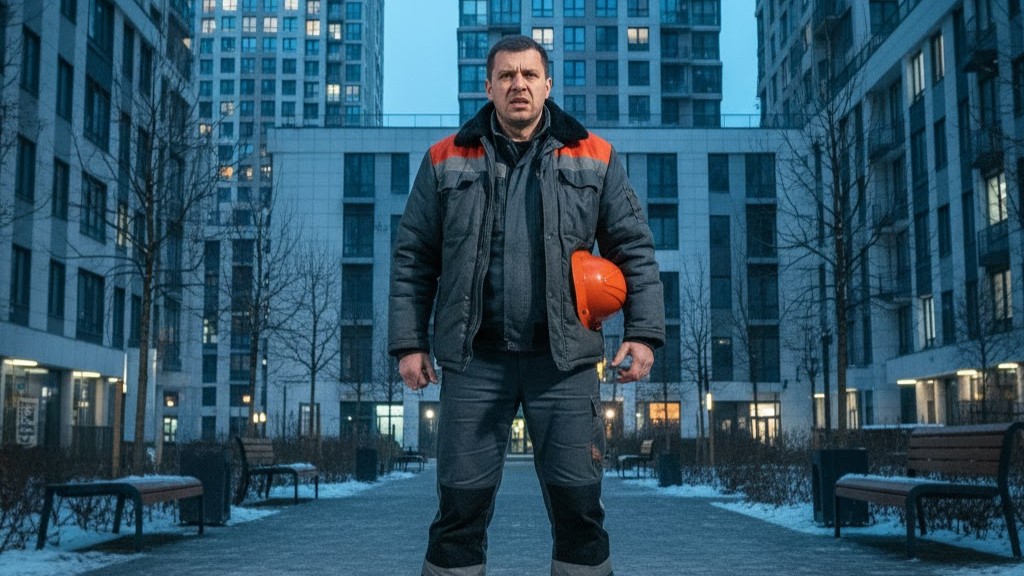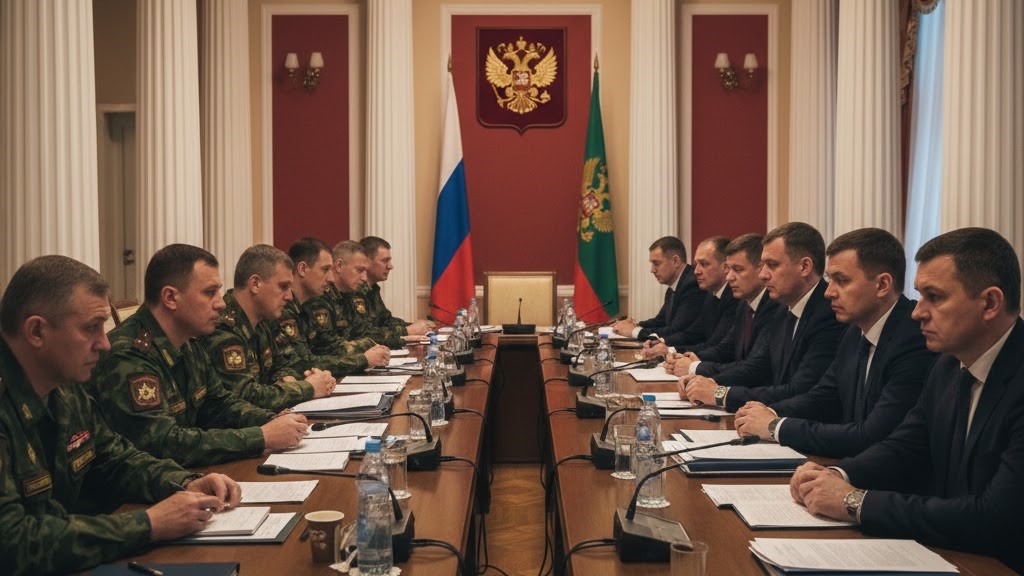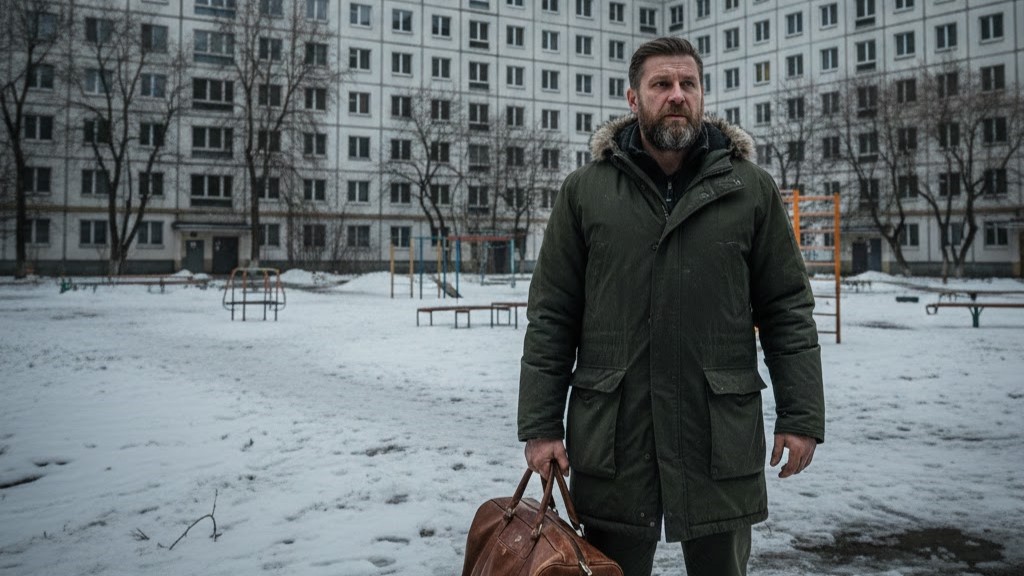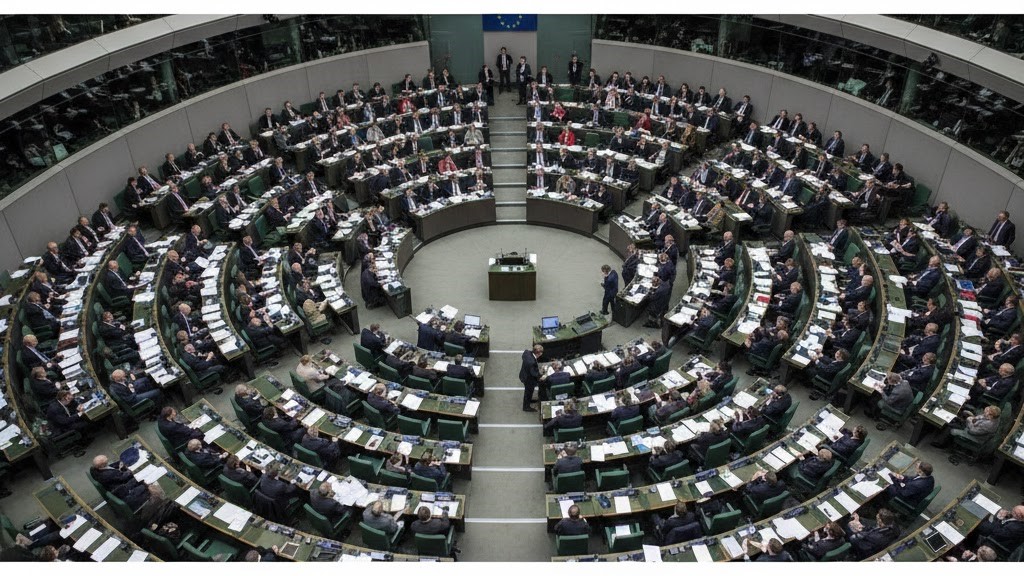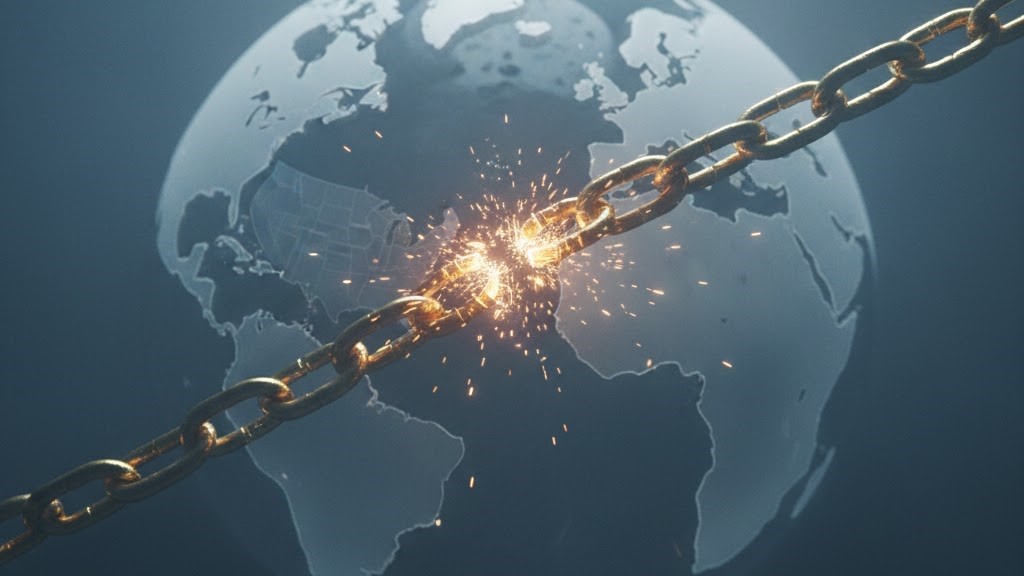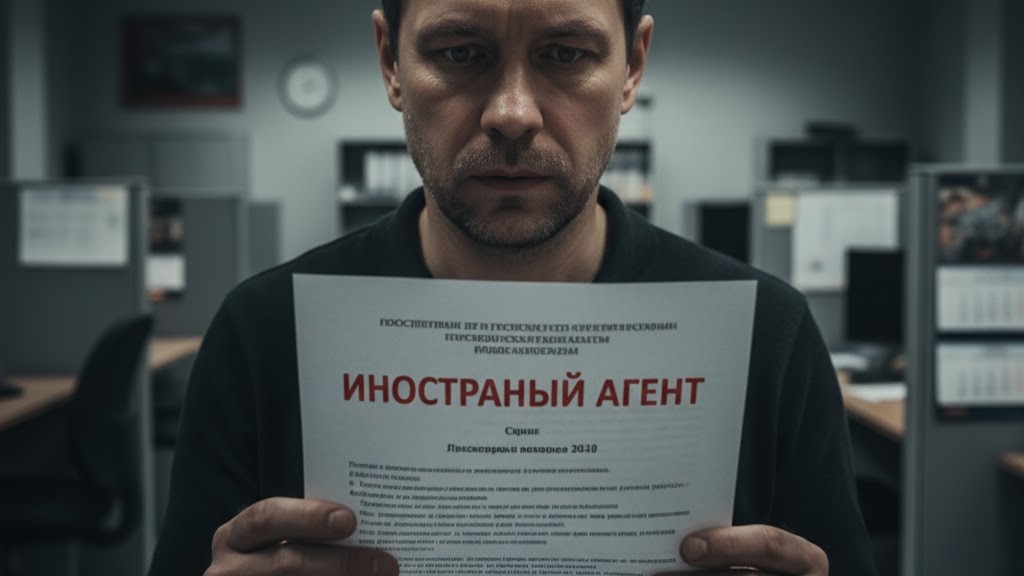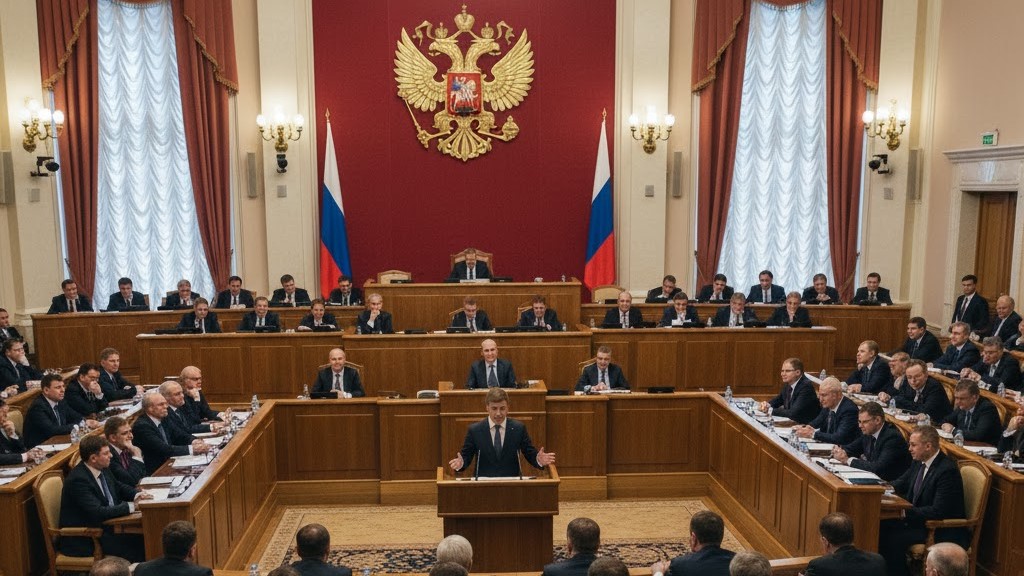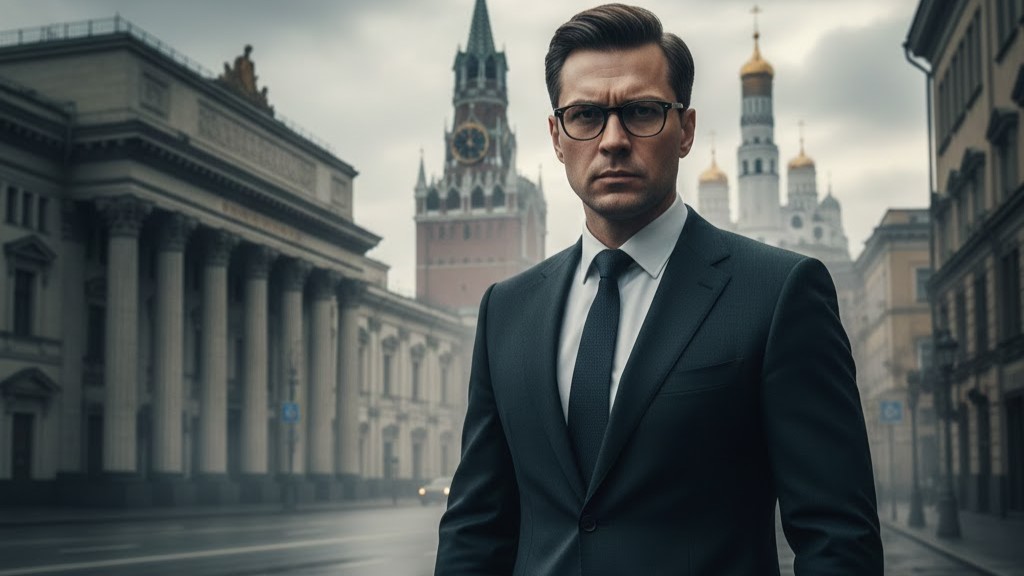A Warning
from the Streets
They came
for jobs. But brought a storm.
Moscow witnessed another violent brawl over the weekend — a group of young men
clashed in broad daylight using shovels and road signs like weapons. Police
detained several, two may lose their citizenship. Videos went viral. Outrage
exploded. But beyond the headlines, a deeper question emerged: Why are we still importing chaos under the guise of cheap
labor?
On social
media, users quickly noticed — even with blurred faces — that these men didn't
behave like locals. Not the posture, not the voice, not the rhythm. "We just
don't act like that in public," one commenter said. And he's right. What we're
seeing isn't just cultural difference — it's a mismatch between urban society
and those untouched by it.
These are
not professionals. They are not city dwellers. Many are young men straight from
remote villages, behaving in Moscow like they're still on a dusty mountain road.
The Real
Price of Cheap Labor
According to
the Manhattan Institute, bringing an uneducated migrant into the US costs the
state $10,000 in losses over 10 years, and $130,000 over 30 years. These are direct losses:
welfare, police, public healthcare, education, and child services.
Now imagine
Russia, where healthcare and education are free. An unskilled migrant doesn't
just fail to contribute — he drains the system,
often supporting entire families who don't work. That's not immigration. That's
subsidized relocation.
Meanwhile,
an educated migrant — a doctor, engineer, or IT specialist — brings in over $200,000 of value in 10 years and $1.6 million in 30. They create jobs, innovate, and
avoid public assistance. That's investment.
The Right
People
Let's face
it: the era of "Soviet-educated" Central Asians is over. Those who studied in
secular systems, who speak Russian fluently, who understand urban life —
they're already here, integrated and indistinguishable from locals.
Who's
arriving now? The ones left behind. Poorly educated, rural, disconnected. Why?
Because cities like Tashkent and Dushanbe now have jobs. The smarter and more
capable people stay home. The rest come here.
Solution? Diversify. Strategically.
Invite Cubans, North Koreans, Indians, Vietnamese.
Cultures with high respect for education, order, and hard work. Countries with
no drug cartel crisis, no terrorist history, and better assimilation rates.
It's not racism — it's strategy.
Women Over
Warriors
Another
angle: female migration.
Where possible, recruit women. Female migrants are statistically less violent,
more reliable, and easier to integrate. Many come to escape oppressive
traditions, not impose them. They want freedom, not conflict.
Ban on
radical religious displays could also help. Tajikistan and Uzbekistan already
ban hijabs and religious beards. Why shouldn't Russia adopt similar safeguards?
Also: any migrant husband marrying a female migrant should lose residency rights — to prevent import of
patriarchal networks. But if a female migrant marries a Russian man? Encourage
it — she carries the future.
The Hard
Truth
Unskilled
mass migration may have filled temporary labor gaps. But the long-term costs
are undeniable:
— Public safety risks
— Strain on social systems
— Declining quality of life
— Cultural and religious tension
It's time to
rethink migration not as a flow of bodies — but a selection
of minds.
Let business
cry about their costs. The state must protect the
people, the cities, and the future. And future means picking who gets to
help build it — and who doesn't.
Will Russia keep importing problems? Or start importing solutions?

